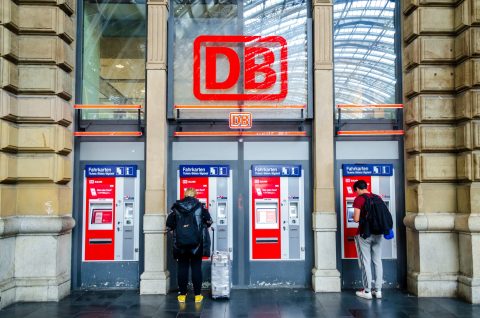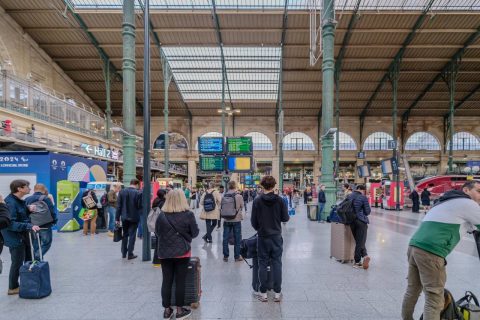Denmark’s S-train celebrate 90 years of service

Denmark’s iconic ‘S-Bahn’ commuter trains celebrate 90 years of service today, and are “ in good shape to take on 90 more,” says DSB. DSB helps Danes celebrate with free travel on the S-trains all day on Saturday, April 6, with an open house event at the S-train workshop in Høje Taastrup.
The S-train is « one of the world’s best urban railways, which on a typical day carries 350,000 customers to work, school, leisure activities – and to parties, » in the words of Flemming Jensen, CEO of DSB. « You’d be hard-pressed to find a 90-year-old in better shape than the S-train. The railway is a vital lifeline in the metropolitan area, thanks in no small part to the daily close collaboration between DSB and Banedanmark., » says Peter Svendsen, Director of Traffic at Banedanmark.
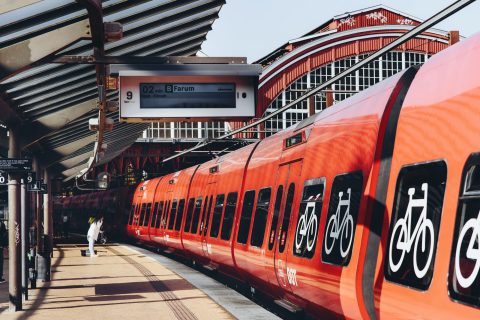
9 decades of history
The history of Denmark’s S-train, a key component of Copenhagen’s transport network, spans nine decades. According to Banedanmark, n April 1930, plans for electrified suburban routes were approved, laying the groundwork for the S-train’s inception. By April 3, 1934, the S-train commenced operations, initially connecting Klampenborg to Frederiksberg, with subsequent expansions to cover the entire metropolitan area. Over the years, the S-train network grew, with significant milestones including the implementation of speed control systems in 1975 and the inauguration of new lines such as the Farum Line in 1977 and the Køge Bugt Line in 1983.
The introduction of fourth-generation S-trains in June 1996 marked another leap forward, featuring wider carriages and modern amenities. Technological advancements continued with the transition to digital signalling systems in September 2022, contributing to the S-train’s remarkable punctuality rate of 96.5 per cent. As the S-train network evolves, recent developments like the opening of Favrholm Station in December 2023 underscore its ongoing relevance in Denmark’s public transportation landscape.
« The S-trains are leading the way for railways in Denmark in several ways. They have always been electric, and they have been upgraded with new signals, ensuring record-high punctuality and reliability. The rest of the railway is also undergoing modernization of tracks and signals in these years. This occasionally poses challenges for customers, but the S-trains are a daily testament to the improvements and renewal, » says Flemming Jensen, CEO of DSB.
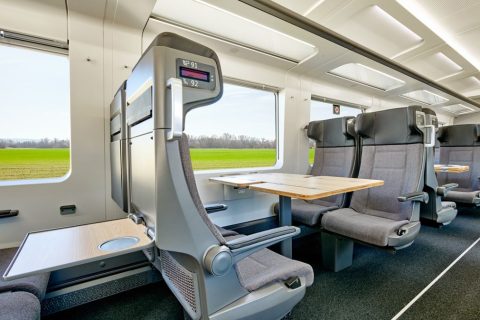
New signalling for record punctuality
Banedanmark’s completion of a new digital signalling system across the S-train network in 2022 marked a significant advancement in Denmark’s railway infrastructure. Peter Svendsen, a spokesperson for the project, noted the necessity of the upgrade due to ageing signalling systems causing delays. With the introduction of the new system, punctuality has surged, allowing for closer train intervals and enhanced traffic management.
The transition from the old analogue signalling to the new digital system has notably improved the punctuality of the S-train, positioning it among the world’s top-performing urban railways. In recent years, punctuality rates have soared, with 2024 seeing 96.9 per cent of trains arriving on time, a testament to the efficacy of the new signalling technology.
The success of the S-train’s punctuality is attributed to Banedanmark’s deployment of the new CBCT signalling system, coupled with semi-automatic controls, ensuring smoother operations. With historically high punctuality rates and ongoing infrastructure improvements, the S-train network continues to set a benchmark for urban rail services globally.
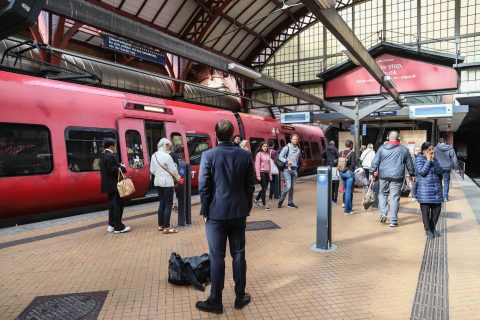
Looking forward
The recent implementation of a new signalling system on the S-railway paves the way for its future automation, expected within a few years. Once automated, DSB will introduce metro-like operations, with S-trains departing every 7 minutes during peak hours, enhancing capacity for passengers and bicycles. The first driverless S-trains are anticipated to debut on the Ring Line by 2030, with full automation of the entire S-railway projected by 2037.
In the interim, current S-trains will undergo extensive renovations to accommodate increasing demand. Upgrades will include new seating, destination signage, and exterior repainting, ensuring improved comfort and aesthetics for passengers as the network prepares for continued growth.
Further reading:


